Several years ago, I penned an influential and award-winning series entitled “The Cancer That Slowly Consumes Our Very Souls: Racism.” Syndicated in numerous print and on line media outlets, it explored racism and discrimination within the LGBTQ community. You can find the majority of the series at: bilerico/lgbtqnation.com/2009/03/racism_the_cancer_that_slowly_consumes_o.php.
One of the issues I detailed was how race influences and plays into the formation of gay identities. This has a deep, profound and telling impact on whom we choose to date, have sex and partner with—and who does the same regarding us.
With the sharply escalating racial violence occurring in this country, I decided to revisit this particular issue. Therefore, without further ado, I present:
“They Don’t Want To Cruise Your Type”
In Part Four of “The Cancer That Slowly Consumes Our Very Souls: Racism,” I referenced the paper, “They Don’t Want to Cruise Your Type: Gay Men of Color and the Racial Politics of Exclusion,” written by Chong-suk Han and featured in the publication Social Identities. Exceptionally researched and written, as well as being theoretically sophisticated, Han’s treatise effectively and overwhelmingly demonstrates how white supremacy within the LGBTQ community marginalizes and negatively impacts its minority populations. Dr. Han states, “In this paper, I examine the forms of racism that are found in gay communities and show how race is implicated in the construction of gay identities. Particularly, I focus on subtle and blatant forms of racism that negate the existence of gay men of color and how racism affects the way we see gay men.”
An associate professor of sociology at Vermont’s Middleburg College, Dr. Han also is a researcher, whose highly regarded work in particular points to how sexual and racial stereotyping and internalization combine to put gay Asian Pacific men at greater risk of HIV infection. He has been widely published in theoretical social science journals and in health research/social work periodicals.
Warning: Dr. Han’s assertions, which are candid and not sugarcoated, might rankle and “get under the skin” of some of you. Therefore, you may beg to differ.
However, throughout this article, I’m featuring images of loving interracial couples. This gives us hope and inspiration.
To retain the robust flavor of Dr. Han’s landmark, eye-opening “They Don’t Want to Cruise Your Type,” I’ll present excerpts, mostly word for word.

In the introduction, Dr. Han states, “Despite the civil rights dialogue used by the gay
community, many ‘gay’ organizations and members of the ‘gay’ community continue to exclude men of color from leadership positions and ‘gay’ establishments, thus continuing to add to the notion that ‘gay’ equals ‘white’. Likewise, gay men of color experience homophobia within their racial and ethnic communities.”
Next, he speaks about a “forum on race” that he attended. “As the audible levels of conversations begin to wane, organizers urge the audience of some 200 men, and a handful of women, to take their seats so we can all begin. Within minutes, a representative of the host agency lays out ground rules of discussion—most noticeably that we will not, given the limited time, try to define racism while quickly offering that, ‘everyone is capable of racism’, a definition that many men of color in the audience would, if given the chance, vehemently dispute.
“Perhaps it wouldn’t have been such an issue if members of the community who were invited to help plan the forum hadn’t spent weeks arguing for the need to discuss racism in the gay community, rather than focus solely on race. Or perhaps it wouldn’t have been such a slight if they were asked to provide an alternative definition of racism, particularly who is able, within the larger social structure, to practice it rather than being left with only one definition of it. In fact, the title ‘Race Forum’ was specifically chosen, against the suggestions offered by members of the community, so that the focus could be on ‘race’ rather than the trickier topic of ‘racism’.”
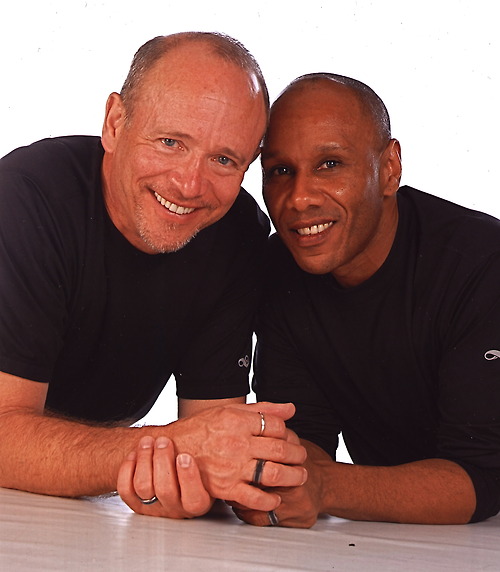
Dr. Han continues. “’It’s like they didn’t hear a thing’, a member of the ‘community’ told me immediately after the announcement. ‘Why did we go to meetings? It’s like we weren’t even there. We might as well be invisible’. Though flabbergasted, he also told me that ‘It’s no surprise’. It seems that for this member of the community, speaking up and being ignored has come to be a common occurrence. After all, being a gay man of color is to experience the unnerving feeling of being invited to a potluck while being told not to bring anything since nobody would be interested in what you bring, and then not being offered any food since you didn’t bring anything anyway.”
Next, the sociologist and researcher expands the discussion by asserting, “gay America has given a whole new meaning to the term ‘whitewash’.” Dr. Han writes, “Whiteness in the gay community is everywhere, from what we see, what we experience, and more importantly, what we desire. The power of whiteness, of course, derives from appearing to be nothing in particular. That is, whiteness is powerful precisely because it is everywhere but nowhere in particular. When we see whiteness, we process it as if it doesn’t exist or that its existence is simply natural. We don’t see it precisely because we see it constantly. It blends into the background and then becomes erased from scrutiny.”
This whiteness is imposed from both outside and inside of the LGBTQ community. And in the heterosexual mind, the community is overwhelmingly portrayed as being “white and well-to-do.”

Explains Dr. Han, “While mass media will often use stereotypes to sell minority characters to majority audiences, the gay media are no less to blame for the promotion of the ‘gay equals white’ misconception. Even the most perfunctory glance through gay publications exposes the paucity of non-white images. It’s almost as if no gay men of color exist outside of fantasy cruises to Jamaica, Puerto Rico or the Orient.”
He adds, “And even then, they exist only to fulfill the sexual fantasies of gay white men. ‘Exotic’ vacations to far-away places are marketed to rich white men, and poor colored bodies are only another consumable product easily purchased with western dollars. As such, gay men of color, whether found within western borders or conveniently waiting for white arrival in the far corners of the globe, are nothing more than commodities for consumption.”
(Rich) food for thought, eh?
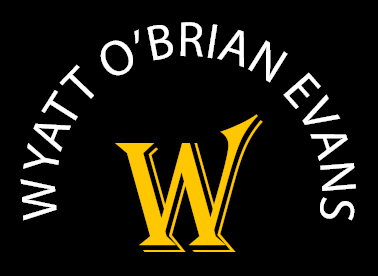
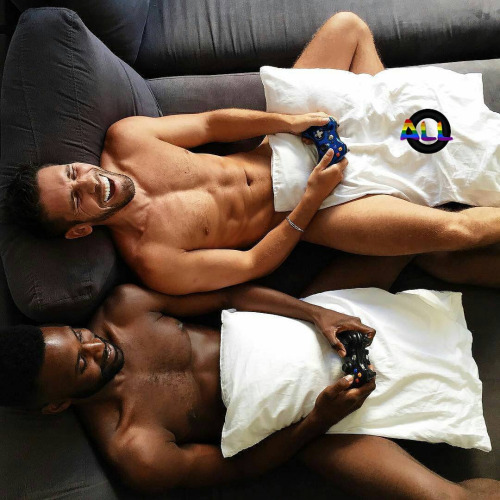
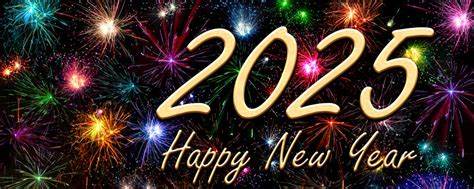
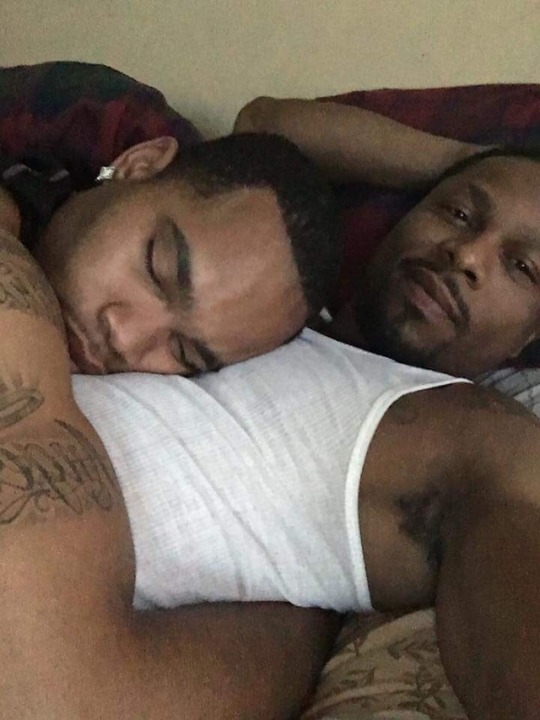

Dear Wyatt,
These are the issues and discourse that need to be foregrounded and debated to raise consciousness in the 21st century. I re-watched the documentary film, After Stonewall, directed by John Scaliotti, I was reminded that in the struggle for Gay Liberation and Equality, we as a group of people sharing an Gay Identity with all its variants; have been a united front. I cannot use a man’s colour to bar him from somebody I cannot love, particularly if his spirit, heart and mind are loving and inclusive. I really loved this article and thank you for taking the time on it. Respectfully, Martin of London
Martin:
Thanks for your insight and thoughtful commentary. Although Dr. Han’s conclusions may be controversial, they have merit.
Again with this marxist, social justice nonsense. This article is laced with over-generalizations and disinformation about “race”. The bottom line is that no individual is obligated to like or be attracted to you simply BECAUSE of your “race” or identity. Lets put on our big pants and grow up people,. This social justice POISON isn’t fostering Equality,, its just destroying our country.
I totally respect your opinion, Carlito–as you must respect Dr. Han’s. This is America, which encourages and fosters differences of viewpoints and opinions. I’m glad that the article is creating meaningful dialogue, which as a journalist, is one of my main goals. And, it’s healthy!